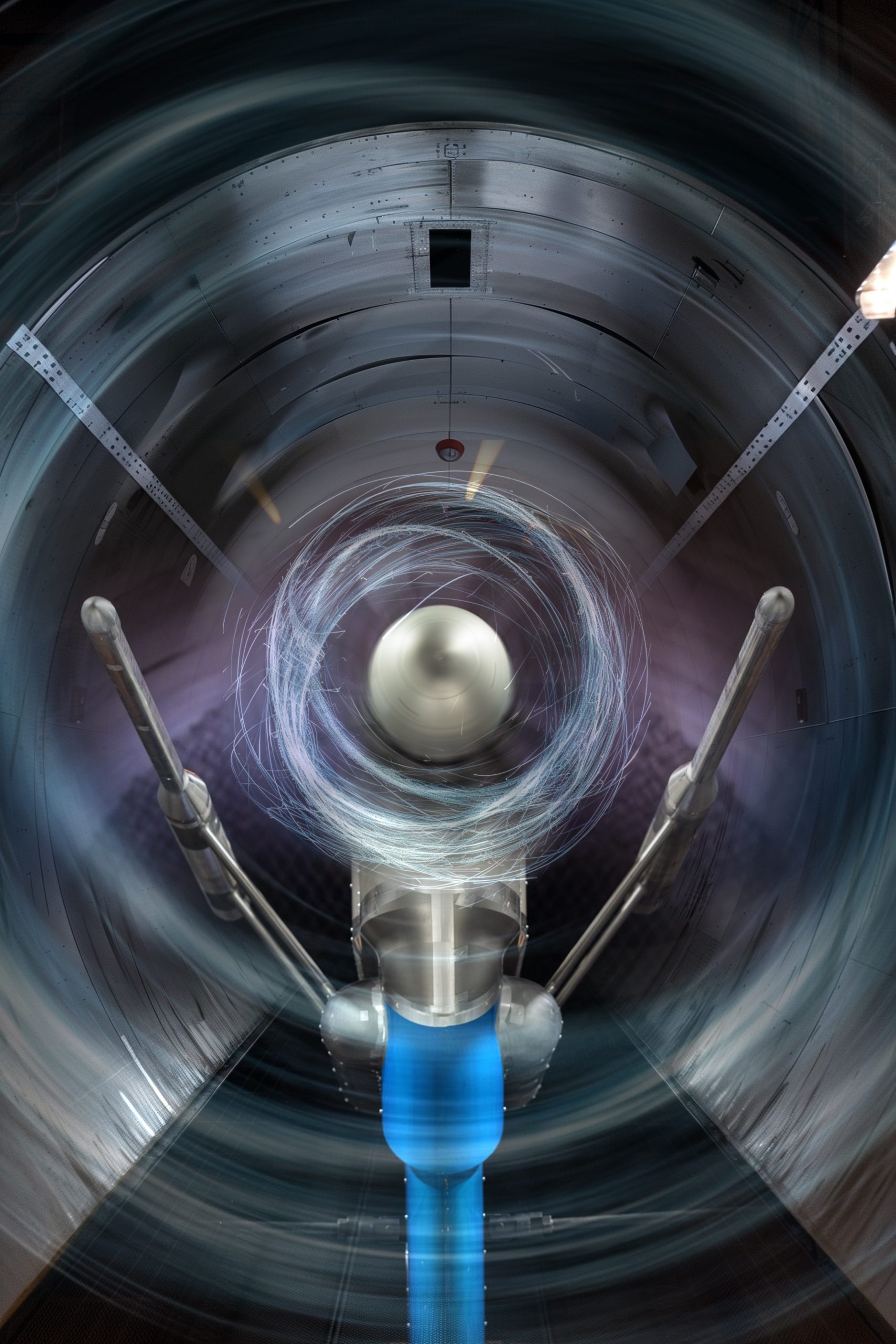
Objectives and Expected Key Results (EKR)
The PANDORA project is driven by a set of focused objectives, each aimed at overcoming current limitations in aviation technology to achieve our vision of sustainable air travel. Through meticulous research and development, we expect to deliver key results that will mark significant progress toward our overarching goals.
Through the realization of the following objectives, the PANDORA project aspires to not only contribute valuable insights and tools to the scientific community but also to lay the groundwork for the next generation of climate-neutral aircraft, reaffirming Europe’s leadership in the pursuit of sustainable aviation.

Objectives and Expected Key Results (EKR)
The PANDORA project is driven by a set of focused objectives, each aimed at overcoming current limitations in aviation technology to achieve our vision of sustainable air travel. Through meticulous research and development, we expect to deliver key results that will mark significant progress toward our overarching goals.
Through the realization of the following objectives, the PANDORA project aspires to not only contribute valuable insights and tools to the scientific community but also to lay the groundwork for the next generation of climate-neutral aircraft, reaffirming Europe’s leadership in the pursuit of sustainable aviation.

A comprehensive, publicly accessible database detailing the aerodynamic and noise characteristics of USF configurations across a range of operational conditions, including various Mach numbers, shaft speeds, and angles of attack. This database will serve as a pivotal resource for understanding the USF concept’s potential and guiding the development of simulation tools that accurately predict open rotor performance and noise.
The delivery of a realistic, industrially-driven USF design that embodies the latest advancements in open rotor technology. This design will not only be a testament to the project’s innovative capabilities but also a valuable asset that propels the research community and industry towards the exploration of new configurations, thus ensuring the practical application and eventual commercialization of silent, efficient aircraft engines.
The creation of an open-access virtual test case for the USF, accompanied by a numerical database. This initiative aims to foster a collaborative research environment where independent researchers can validate and refine their computational simulations against established benchmarks, thereby enhancing the accuracy and reliability of predictive tools used in the design and optimization of open rotors.
The development and validation of advanced computational methodologies tailored for the unique challenges of open rotor aerodynamics and acoustics. By extending and adapting existing numerical tools to accommodate the specificities of USF configurations, this objective will culminate in a suite of open-access software resources that streamline the design process, facilitate innovation, and accelerate the transition of open rotor technologies from concept to reality.